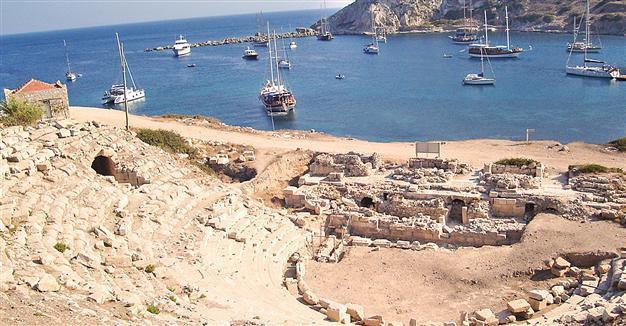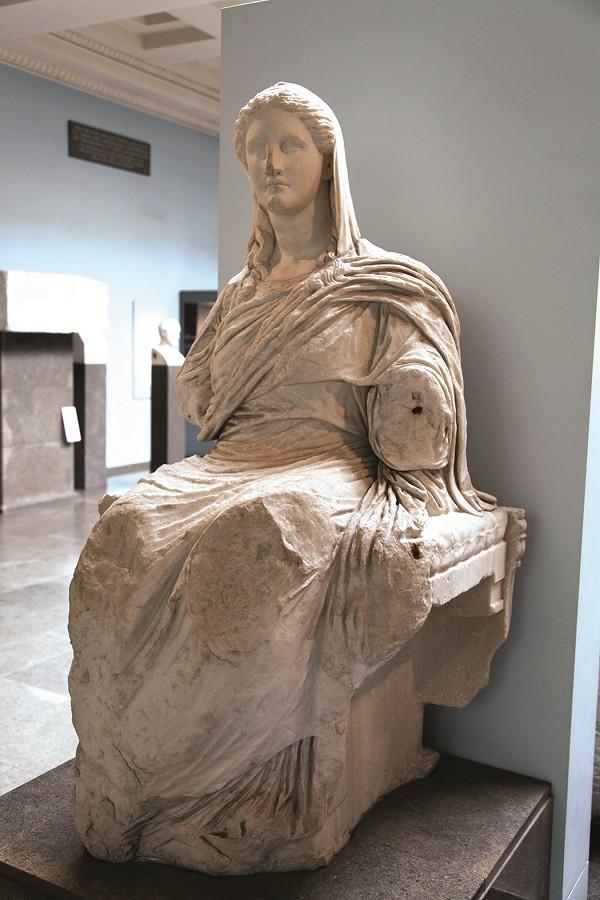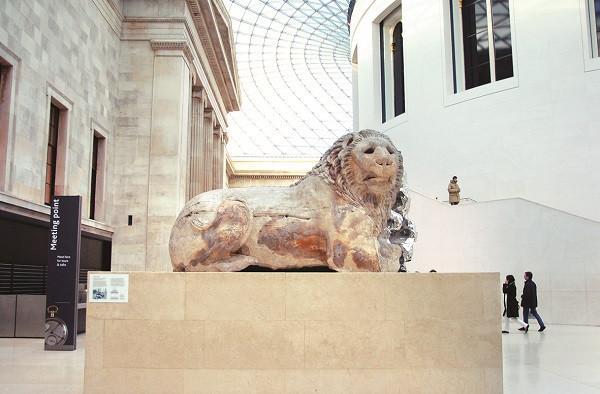Knidos wants to regain its artifacts
MUĞLA – Anadolu Agency

DHA Photos
Datça in the western province of Muğla has initiated a process to return the Lion and Demeter of Knidos, which are currently on display at the British Museum in London, as well as the other artifacts at various Turkish museums to the district.Datça Mayor Gürsel Uçar said they were determined to get those artifacts back and would apply to the Culture and Tourism Ministry once again to this end.
 Stating the artifacts unearthed in Knidos had been kept in storage at museums and universities, Uçar said it was an unacceptable loss for Knidos.
Stating the artifacts unearthed in Knidos had been kept in storage at museums and universities, Uçar said it was an unacceptable loss for Knidos. Uçar said they had previously applied to the ministry but their demands were refused on grounds that “small museums would be united with each other.” He said the museums in Marmaris and Bodrum were not closed yet, and continued:
“Artifacts unearthed in Knidos are being kept in storage at the Marmaris and Bodrum museums and Middle East Technical University [METU] and Selçuk University. We sent letters to the ministry to bring these artifacts back to Datça but did not get a result yet. We are determined to display them here and will continue to do our best to establish a museum in Datça like the ones in Marmaris and Bodrum.”
He said they had designated a 20-hectare area on Uçurtma Hill in the district’s Reşadiye neighborhood for the museum, adding, “Datça has two protected areas, one is Reşadiye and the other is in the old Datça neighborhood, which is crowded by people thanks to its structures. We want Reşadiye to be the same. We want to establish a museum here and to develop this area.”
Thousands of artifacts
Tourist guide and Datça Municipality cultural department official Osman Akın said thousands of artifacts had been unearthed in old and new Datça and a significant number of artifacts from old Datça were on display at the British Museum.
Akın said the Lion of Knidos and the Demeter of Knidos, which were taken from Datça in 1855, were still on display at the British Museum in London.
“But it is worse that recent artifacts found in old and new Datça are not in Datça, too. Lots of artifacts from Datça are being visited by people at the Bodrum and Marmaris museums. Also, the findings of METU, which excavates old Datça, and Selçuk University, which excavates new Datça, are being kept in storage at these two universities.”
Akın said they produced copies of the Knidos Lion and Knidos Demeter for people to not forget that they belonged to Knidos, and continued:
“The British Museum is regarded as the world’s most important archaeology museum and the ancient lion statue, which was taken from Knidos, welcomes visitors in its first entrance. It is an eight-meter giant statue, carved on a single [piece of] marble [weighing] 11 tons. The people of Knidos, who won a big naval battle, got this statue made in memory of this victory. In 1855, the statue was taken to England on a warship by British officer and archaeologist Sir Charles Newton. The Demeter of Knidos also belongs to this geography. These are our significant artifacts abroad. We want to regain them and initiated works for this purpose.”

















